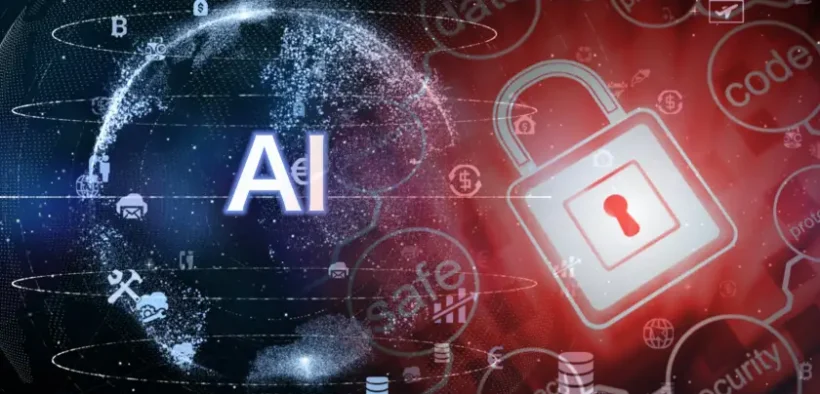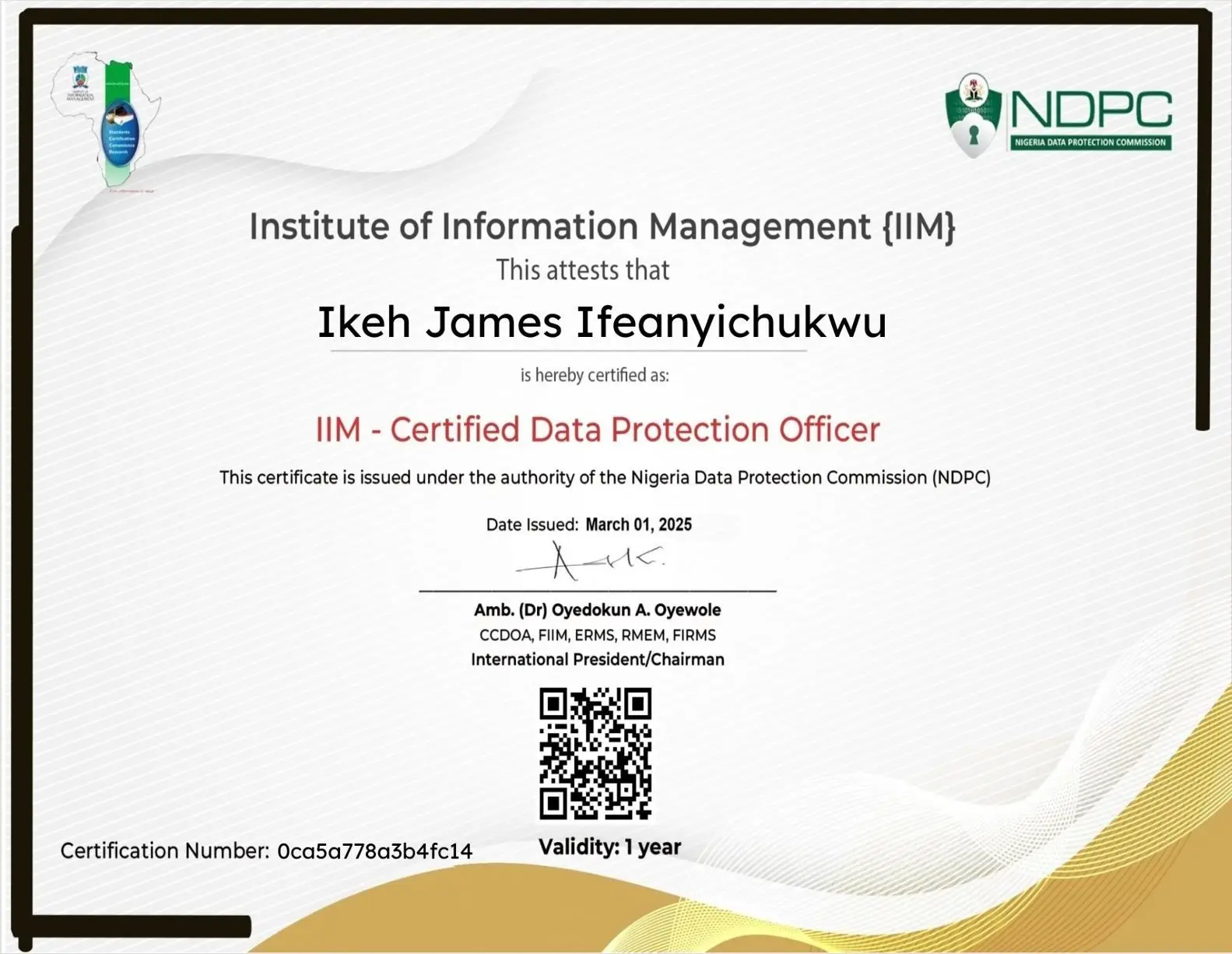AI Cyberattacks Surge in 2025 – How to Protect Your Business
Share

AI-driven cyberattacks 2025 has seen a sharp rise in reshaping the cybersecurity landscape in ways that many businesses were unprepared for. While artificial intelligence brings efficiency and innovation, it is now also fueling faster, smarter, and harder-to-detect attacks. For companies of all sizes, this shift raises urgent questions: How vulnerable are we, and what can we do to stay safe
How AI Has Changed the Game
For years, AI was viewed mainly as a defensive tool helping companies detect anomalies, predict risks, and streamline security operations. But now, attackers are using the same technology:
- Phishing at scale: AI creates highly convincing, personalized phishing emails that slip past filters and fool employees.
- Deepfake scams: Fraudsters mimic the voice or video of trusted executives to trick staff into making transfers or sharing data.
- Smarter malware: Programs adapt on the fly, adjusting behavior to avoid detection.
- Faster exploitation: AI tools can scan for vulnerabilities and launch attacks within minutes, leaving IT teams little time to react.
Example: In early 2025, a European financial services firm reported losing over $20 million after employees received calls from what they believed was their CFO. The voice was a deepfake, powered by AI.
Why Businesses Are Feeling the Heat
Several factors make organizations more exposed this year:
- Remote and hybrid work increase access points for attackers.
- Digital supply chains expand the attack surface.
- Small and mid-sized businesses are being targeted more, since they often lack advanced defenses.
A recent IBM X-Force report (2025) revealed a 300% increase in AI-powered cyberattacks, with phishing and ransomware as the top threats.
Practical Ways to Defend Your Business
The good news: businesses aren’t powerless. With the right mix of technology, training, and policies, you can significantly lower your risk.
1. Use AI for Defense, Too
- Deploy tools that analyze behavior in real time.
- Automate threat detection and response.
- Keep systems updated with the latest threat intelligence.
2. Train Your Team Continuously
Employees are often the first line of defense. Invest in regular training, run phishing simulations, and teach staff how to spot red flags.
3. Adopt Zero Trust Security
Instead of assuming internal systems are safe, apply Zero Trust principles: verify every user, limit access to the bare minimum, and log all activity.
4. Protect Sensitive Data
- Encrypt data in transit and at rest.
- Review who has access to what.
- Minimize the amount of sensitive data you store.
5. Update Your Incident Response Plan
Include scenarios for AI-specific threats:
- How to handle deepfake fraud.
- Steps for recovering from ransomware.
- When to escalate and involve law enforcement.
6. Work With Experts
If resources are tight, consider partnering with a Managed Security Service Provider (MSSP) that specializes in AI-driven threats.
Traditional vs. AI-Powered Attacks
| Factor | Traditional Attacks | AI-Powered Attacks (2025) |
| Speed | Hours or days | Seconds or minutes |
| Personalization | Generic phishing | Hyper-targeted, convincing |
| Detection | Easier to flag | Adaptive, harder to catch |
| Damage | Often containable | Severe, financial + reputational |
Frequently Asked Questions
Q1: Are small businesses really at risk?
Yes. Hackers often see smaller firms as easier targets because they lack dedicated security teams.
Q2: How do regulators view AI-driven threats?
Governments in the U.S. and EU are tightening rules on AI governance and cybersecurity reporting. Expect more compliance requirements in the near future.
Q3: Can AI help fight AI attacks?
Absolutely. The same technology criminals use can also be your strongest defense if applied proactively.




























Leave a Reply